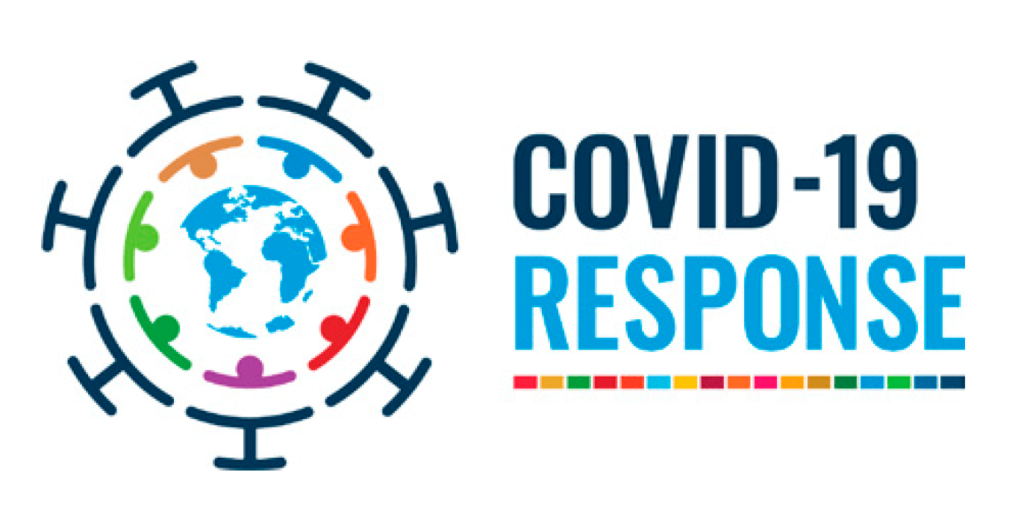Elementary school is the beginning of school classes for students. They understand the importance of academic, classroom, and social values.
In kindergarten years- they learn how to read, write, recognize and categorize letters. Elementary school teaches them the basics of learning and establishes the concept of why, how, what, when, and so on.
If you are an established brand who wants to sell online courses from your own website, you must include some plans for elementary school students too to increase the traffic and provide wider opportunities for students through your platform.
No matter the platform- elementary-level students need to establish a culture of complete mindfulness in their classes, and a teacher is the best person to guide them through.
Table of Contents
The response to COVID-19

The pandemic was hard to deal with as every individual in the society was severely affected. Our education system did not collapse- it strengthened itself further by establishing different lines of education which are now used even after the pandemic.
Yet, there remains a communication gap and a need for the revival of emotional or social skills and adding more mindfulness strategies to their everyday routine.
Whether students follow offline classes, hybrid or launch courses online, they need to learn mindfulness strategies. It will help them adapt to their learning environment and remain focused despite environmental fluctuations.
It ensures the students don’t go through a similarly difficult time in case learning situations change again, and they get enough ideas to make it through school years efficiently
What is mindfulness?
Before we understand why mindfulness is important, we should make clear the state and meaning of the concept for elementary school students.
It can have unique meanings for unique environments, but for budding children, mindfulness is having a sense of awareness or consciousness about present world events.
When they go back to school, mindfulness would mean the willingness to adapt to an offline environment and have great mental health back up through proper understanding of their surroundings.
Students can benefit from this in the following ways;
- It reduces anxiety and stress levels caused by a sudden change in the environment or learning platform from online to offline.
- Improves the attention span of students by allowing their minds to effectively focus on one thing at a time.
- Minimizes disruptive behaviour in a classroom caused by sudden bouts of energy among elementary students.
- Effects cognitive performance, memory power.
- Improves social intelligence and emotional health.
- Students can be more organized when they are physically and emotionally aware.
- Improved retention capacity, they use this to understand basic concepts of elementary level learning.
Meditation- Mindfulness done right

An institution can teach elementary-level students a lot by introducing meditation techniques. It is an effective procedure of focusing on our aura, and breath patterns to align our mental self with the physical one.
Initially, teachers cannot expect elementary students to completely understand why they are meditating.
Once they practice it under the supervision of an expert and notice a change in their behaviours, attention patterns, and mental capabilities, they will learn to rely on it and practice it regularly.
Meditation helps with mindfulness because it helps us open our senses, become extremely aware and notice things in detail. Meditating every day under strict circumstances will make students hate the activity even more.
First, explain what meditating is, what mindfulness can teach them, and the procedure. You cannot expect every child to pay attention in the first few sessions. Often, meditating is not the right practice for your students at all. Here are a few other activities for such students;
● Group activities
A group activity helps students socialize and become comfortable in their change of environment. They build moral values and a sense of empathy.
Communicating with other similar-aged students is the best mindful activity. They learn together support each other and are in the best mindset for mutual understanding.
● Emotional support
Students will seek help when they realize their performance is deteriorating. However, they should be aware enough to realize how bad their progress in the classroom is.
Teachers can go an extra step to ensure every child gets emotional support by monitoring their behaviours regularly.
Students who constantly get bullied, or are the ones bullying others, need a proper Wellness response from the institution. Therapists, counsellors, and psychiatrists in extreme cases are a great help.
